SUBRIGIDA (Robinson & Seaton) Rose, 1903
Synonyms :
Cotyledon subrigida Robinson & Seaton (1893)
Echeveria palmeri Rose (1903)
Echeveria rosei Nelson & Macbride (1913)
Echeveria angusta von Poellnitz (1936)
Series Gibbiflorae
Type : Pringle 4326, ledges Tultenango Canõn, State of Mexico, 1892.
Etymology : Lat. ‘sub-‘, almost and Lat. ‘rigidus’, rigid; for the branches of the inflorescence.
Distribution : Mexico (México, Hidalgo, San Luis Potosí, Guanajuato, Querétaro, Michoacán)
First Description by Robinson & Seaton as Cotyledon subrigida in Proceedings of the American Academy of Arts and Sciences, 23: 105. 1893 :
"Glabrous, 1.5 – 2 feet in height.
Leaves radical, sessile, ovate, acute, 3 – 4 inches long, two thirds as broad.
Stem and branches covered with a light bluish bloom.
Bracts of the stem 5 – 10 lines long, of the branches minute.
Inflorescence about a foot long, with about 8 spreading somewhat rigid racemosely 5 – 7 flowered branches.
Flowers large (2/3 inch) approximate, borne on the upper side of the branches.
Pedicels a line or two in length.
Sepals lanceolate-acuminate, half the length of the petals, the latter lanceolate-acuminate, acutely keeled, somewhat gibbous at the base, red, internally tinged with yellow.
Stamens nearly equalling the corolla. –
Ledges and cliffs, Tultenango Cañon, State of Mexico, October, 1892 (n. 4326). Near C. gibbiflora, Moç. & Sess., but with the branches of the inflorescence shorter and more rigid, leaves shorter, etc."
Cytology : n = 27, 54.
Note :
1. Walther described E. subrigida for his monograph of genus Echeveria from plants which had been cultivated at Golden Gate Park, San Francisco. Although he stated that he had collected these plants in 1934 at the type locality, the description leaves no doubt that the plants in question were not E. subrigida but the much later named E. cante. Hence his description is unusable. This applies also to Kimnach’s summary in IHSP, 2003, which is based on Walther’s book.
2. And Walther also erred in publishing plate 8445 from Curtis’s Botanical Magazine as illustration of E. subrigida (Echeveria, Fig. 93, p. 178). On the herbarium specimen at Kew, N.E.Brown had noted that the plant was received from Dr. Rose as E. palmeri Rose. So there is no doubt that the plate in question shows E. palmeri. And since Britten and Rose knew E. palmeri only from the type localitiy, it is likely that the plant sent to Kew was from the type collection of that species.
For more details read p. 147-149 in Revision of Walther's monograph Echeveria, 1972.
3. Until its description in 1997 E. cante erroneously has been distributed as E. subrigida. This means that hybrids with E. subrigida as one parent created prior to 1997 are hybrids with E. cante.
4. The plant offered as E. subrigida by ISI (no.182) in 1958 was not this species, but again E. cante.
Plants in habitat, Pinal de Amoles, Mexico :
Plantes dans l'habitat, Pinal de Amoles, Mexique :
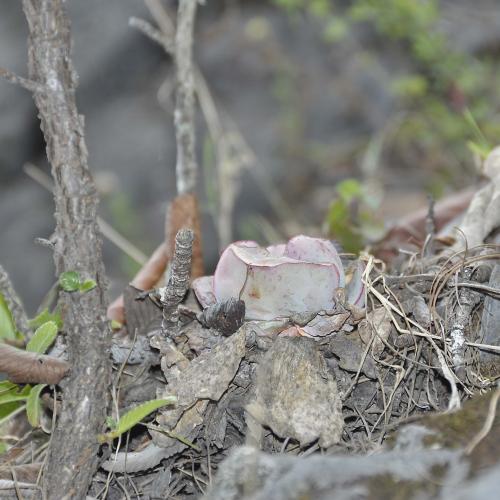
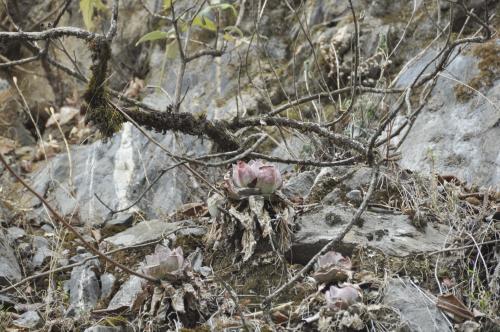
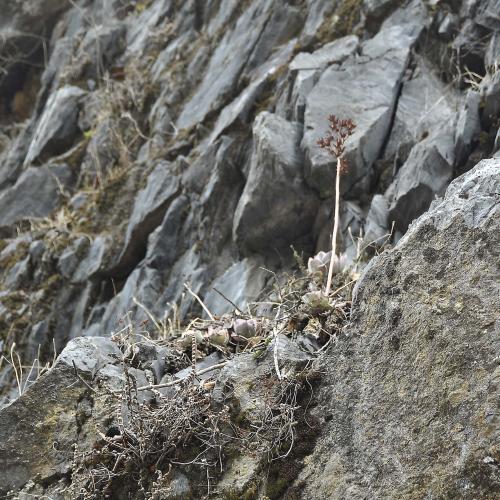
San Luis Potosí (the former Echeveria palmeri) :
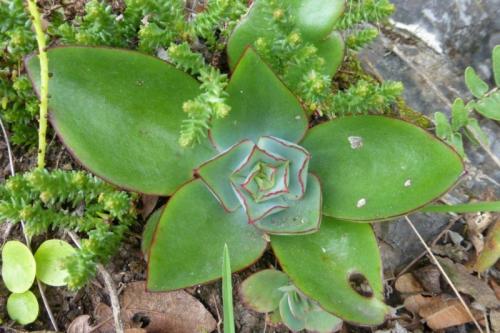
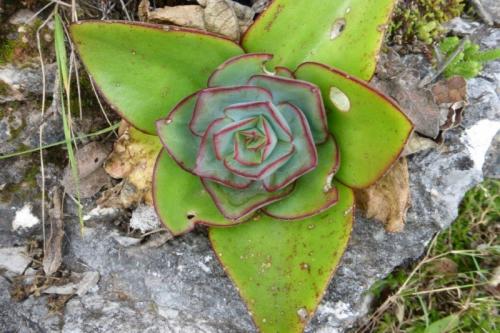
Plants in cultivation :
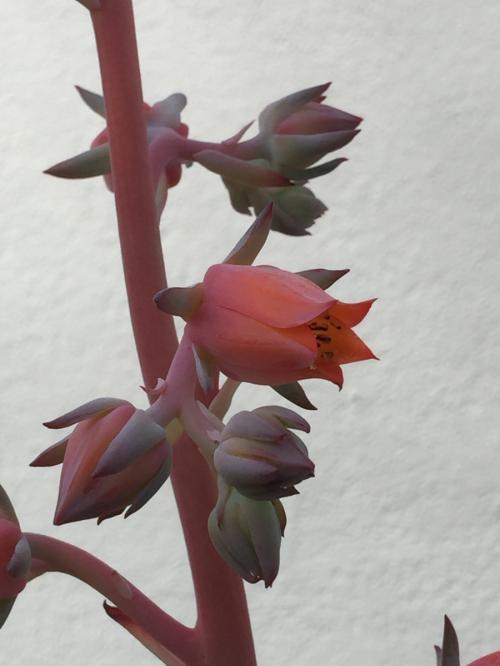

Photos Gerhard Köhres
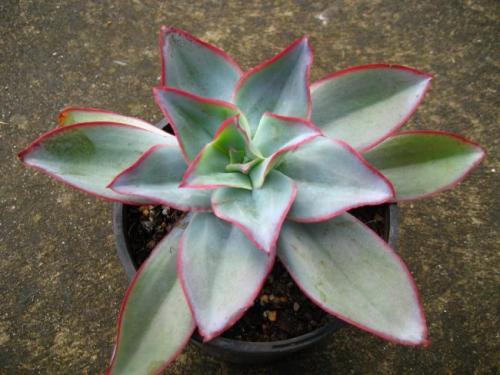
Photo Noelene Tomlinson
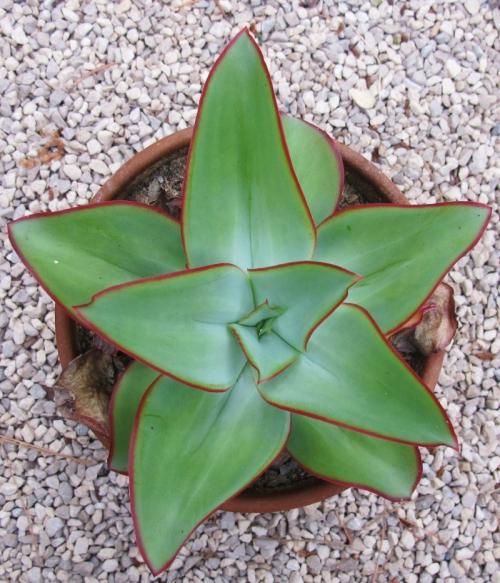
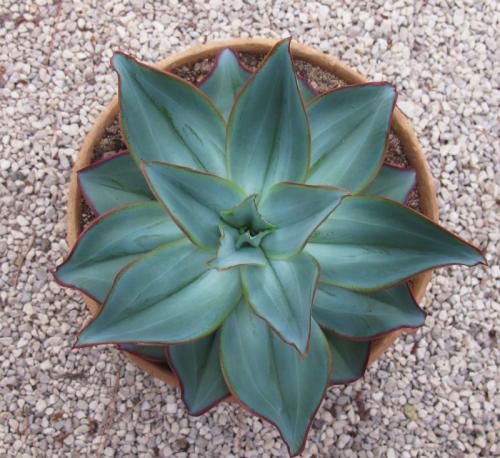
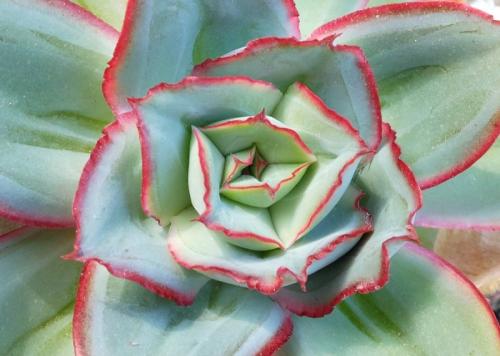
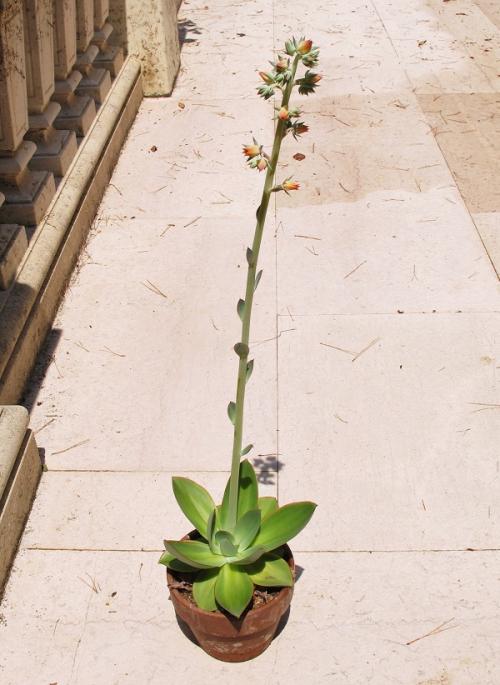
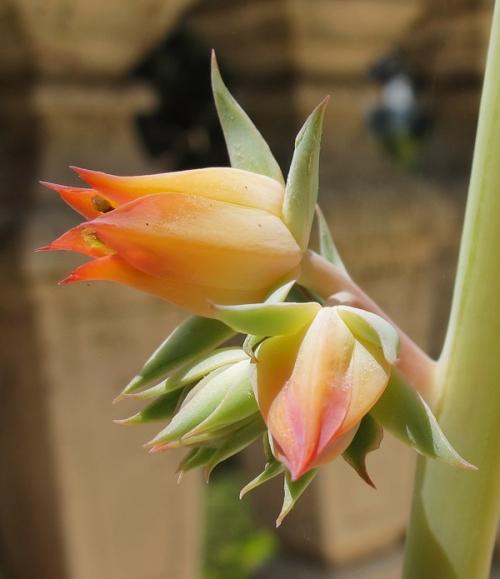
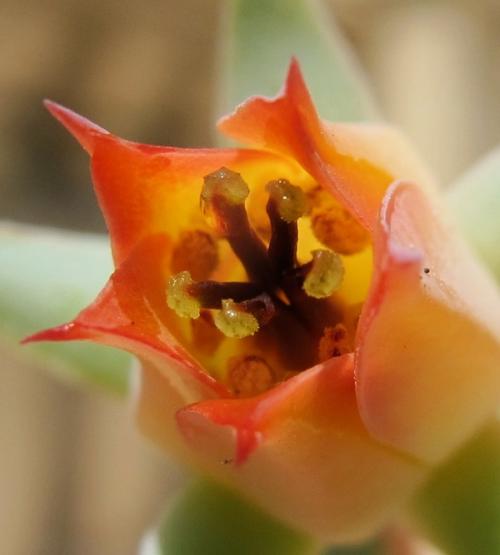

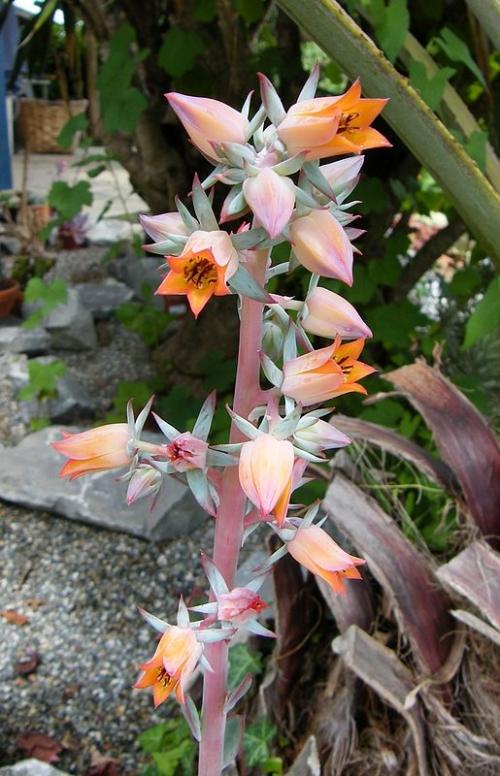
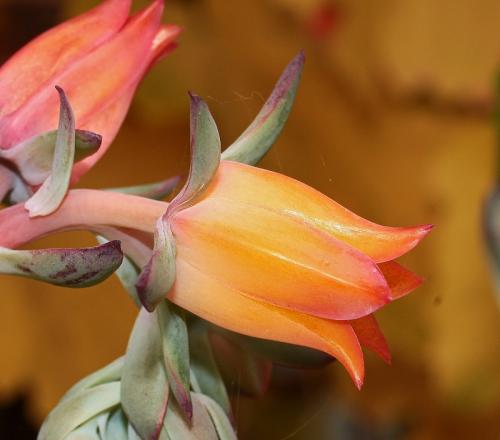
Photo Stefan Neuwirth
Seeds of E. subrigida :
Graines d'E. subrigida :
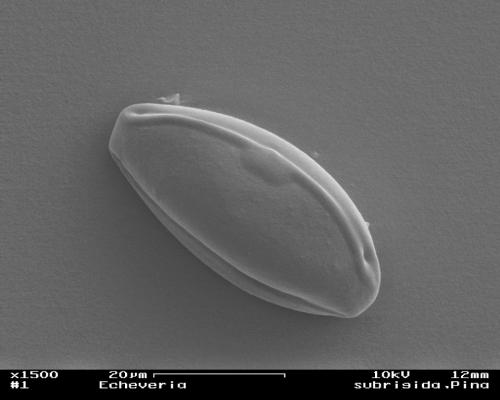
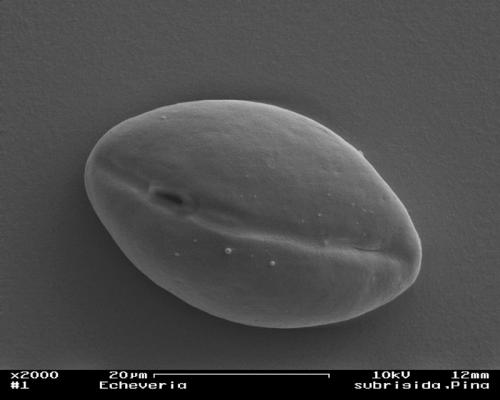
Dry leaf in back light :
Feuille séchée et à contre-jour :
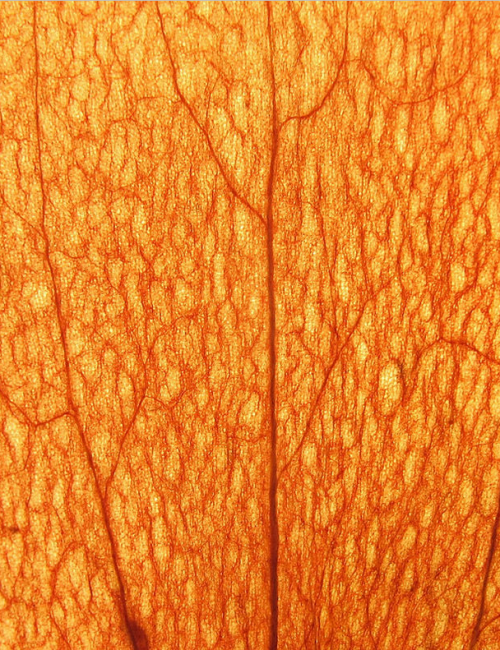
Photo Thomas Delange